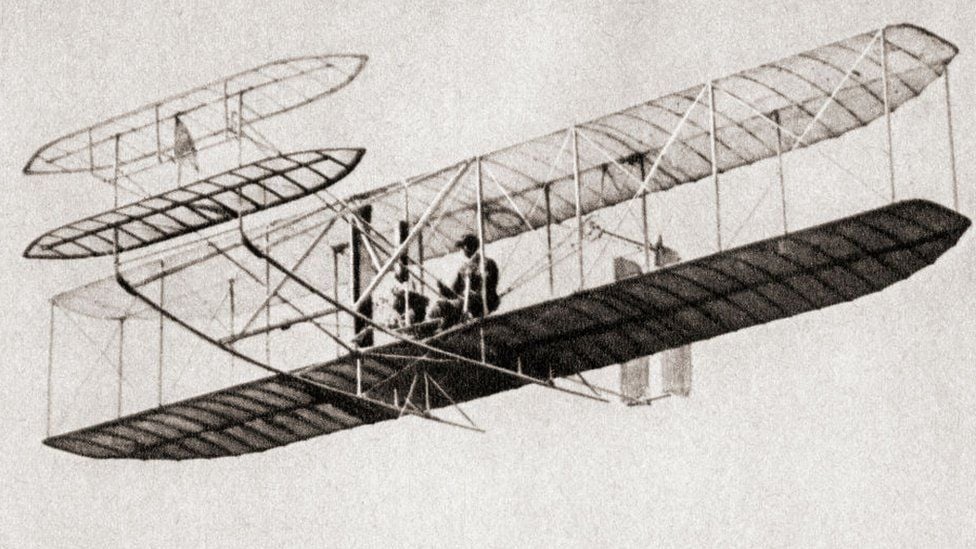Near Kitty Hawk, North Carolina, Orville and Wilbur Wright made the first successful flight in the history of a self-propelled, heavier-than-air aircraft on December 17, 1903. Orville piloted the gasoline-powered, propeller-driven biplane on its first flight, which stayed aloft for 12 seconds and reached 120 feet. But did you know why they never flew together after 1910?
The Wright Brothers only flew together on the same flight once, on May 25, 1910, for six minutes. They promised their father, Milton, that they would never fly together to avoid a double tragedy and ensure that one of their brothers stayed to continue their flight experiments.
The Early Birds in the Industry
From a young age, the Wright brothers were fascinated by flight. As children in Dayton, Ohio, their favorite toy was a small helicopter-like object powered by a rubber band to twirl its blades. Fascinated by the toy and its mechanics, the brothers hoped to one day construct a flying machine large enough to accommodate both of them.
From a young age, the Wright brothers were fascinated by flight. As children in Dayton, Ohio, their favorite toy was a small helicopter-like object powered by a rubber band to twirl its blades. Fascinated by the toy and its mechanics, the brothers hoped to one day construct a flying machine large enough to accommodate both of them.
But the brothers’ love of flying never faded. Gliders, or aircraft without engines, existed at the time, but the Wrights wanted to add more power to their flying objects. The brothers began experimenting with building their aircraft in 1899. (Source: National Geographic Kids)
Cleared for Take-Off
The brothers flew from Ohio to Kitty Hawk, North Carolina, to begin their flight experiments in 1900. The oceanside dunes at Kitty Hawk had consistent breezes and soft, sandy landing surfaces, making them ideal for their studies.
Before experimenting with gliders, the brothers conducted tests with kites. During the testing process, Orville and Wilbur piloted the gliders separately.
In 1903, the Wright brothers built the Wright Flyer I, which featured wooden propellers that they designed and carved themselves. A gasoline engine also powered the plane.
After weeks of unsuccessful attempts, the craft took 12 seconds of flight on December 17, 1903, traveling 120 feet before landing, with extra fabric incorporated to increase the stiffness of the wings. The plane flew; both brothers flew the craft a few more times that day. They had successfully piloted the world’s first engine-powered airplane. (Source: National Geographic Kids)
The Flight of the Wrights
Following their success in North Carolina, the Wright brothers traveled the world, honing their craft and modifying their designs. But they accomplished so much more, ushering in the modern era of aviation and inspiring future adventurers.
The decades that followed Kitty Hawk were filled with aviation achievements, such as the first solo flight across the Atlantic Ocean and the first passenger flight. Of course, the flight did not end here, a little more than 65 years after the Wright brothers’ famous first flight, astronauts Neil Armstrong and Buzz Aldrin walked on the moon.
The Wright brothers not only flew the first piloted engine-powered airplane, but they also invented an entirely new way for us to explore our world. (Source: National Geographic Kids)
